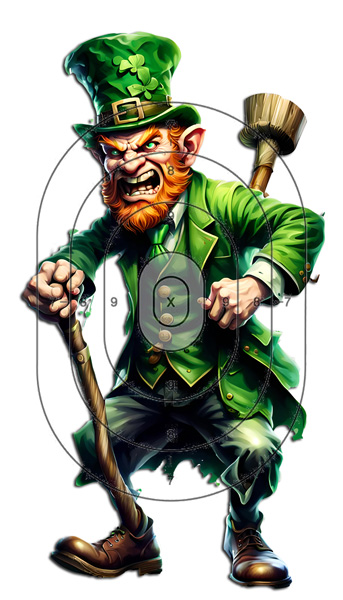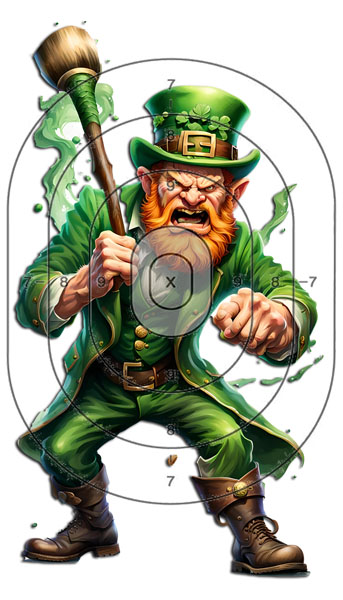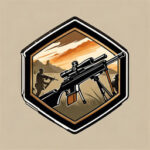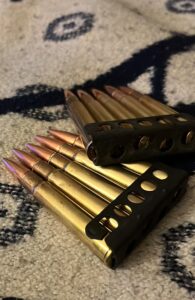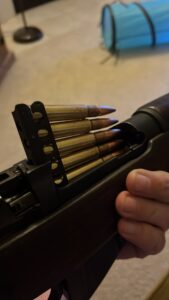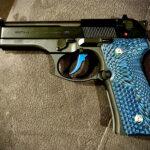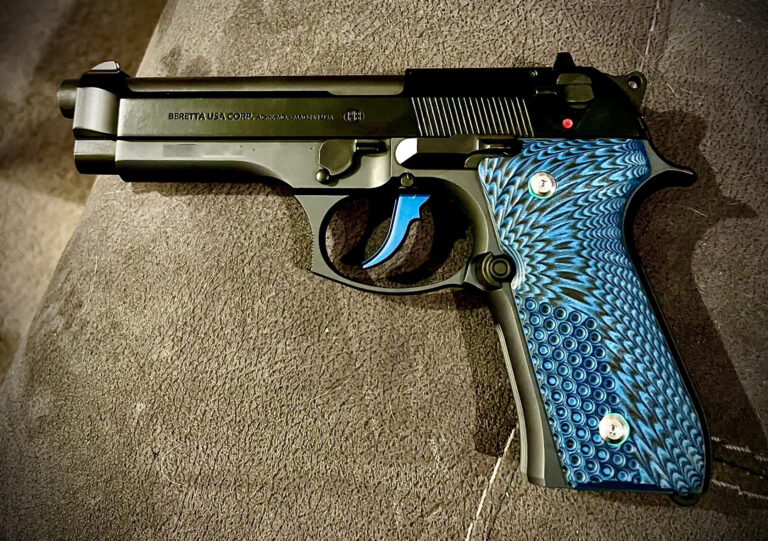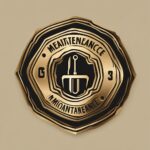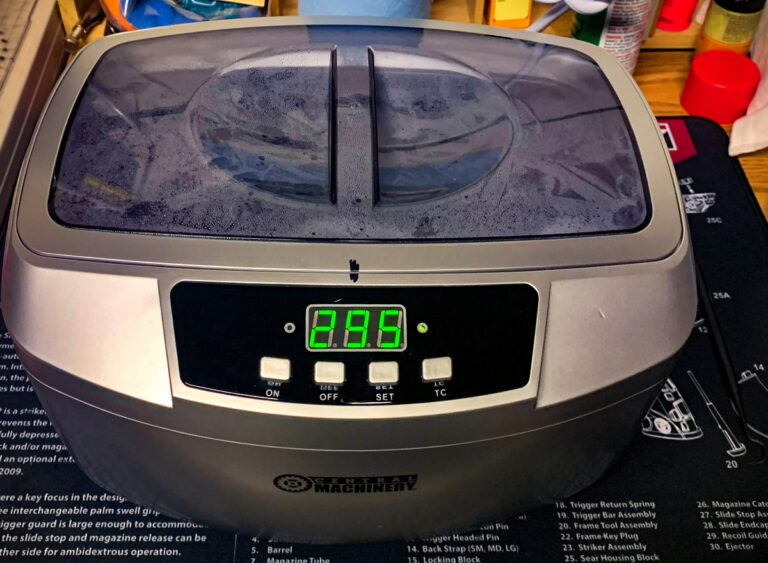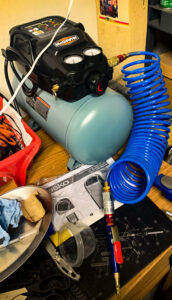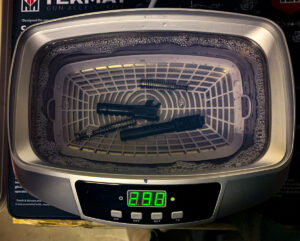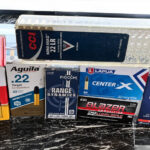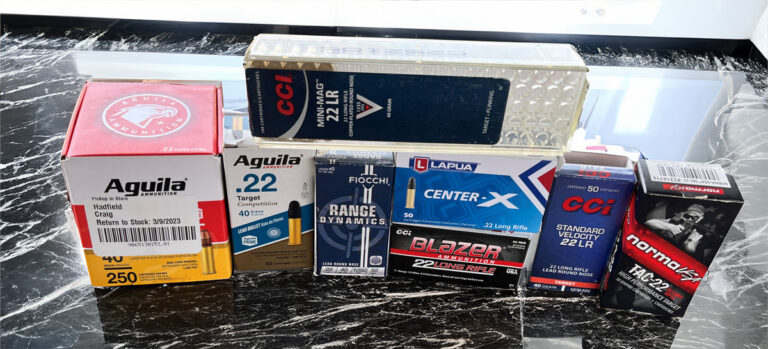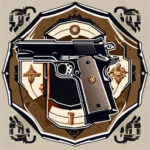The following 5 channels are where I often go for entertaining firearms content:
DemoRanch: Hosted by Matt Carriker, DemoRanch is known for its entertaining and informative content centered around firearms, ammunition, and shooting experiments. The channel features gun reviews, ballistic testing, and creative firearm-related challenges mostly represented with a comic element. Family-friendly entertainment.
Honest Outlaw: Chris, known as Honest Outlaw, provides unbiased and detailed reviews of firearms, optics, and accessories on his channel. His straightforward approach and thorough analysis make his reviews valuable resources for those interested in firearms and gear.
Brandon Herrera (The AK Guy): Brandon Herrera’s channel focuses on firearms, particularly AK-pattern rifles, and firearm-related content. He provides educational videos, reviews, and entertaining content centered around firearms and gun culture.
Paul Harrell: Paul Harrell’s channel offers practical and insightful firearms content, including discussions on self-defense, marksmanship, and firearm safety. Paul’s experience and expertise in firearms make his videos informative and valuable for shooters of all levels.
Kentucky Ballistics: Hosted by Scott, Kentucky Ballistics features a mix of firearms testing, ballistic gel experiments, and shooting-related content. Scott’s engaging style and enthusiasm for firearms make his channel both entertaining and educational for viewers interested in firearms and ballistics.
These channels provide a diverse range of content covering firearms, shooting sports, gear reviews, and firearm-related topics, catering to enthusiasts, collectors, and shooters alike.
– English Bob
